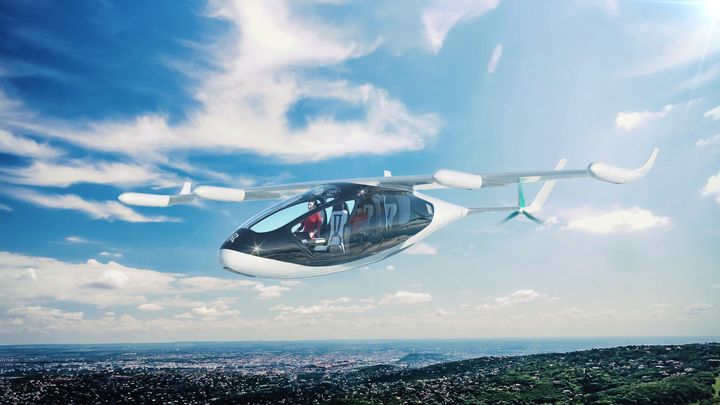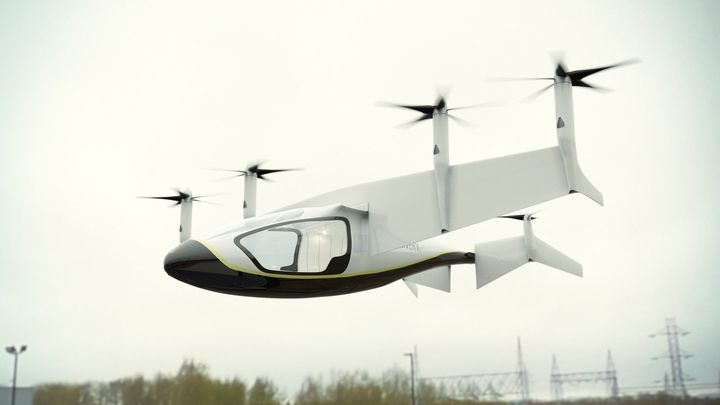Rolls Royce has finally joined the trend, it has revealed that it is developing its very own flying taxi.
Unlike the competition though, Rolls Royce’s flying taxi has a unique selling point (USP) that we can really get behind. It’s quiet.
With the expectation that in the future we’ll all have ditched our cars and be flying everywhere it’s interesting to note that very few of the companies developing these taxis have considered one unfortunate side effect: the noise.

As anyone who lives near an airport or heliport can attest, these aircraft aren’t quiet, and with hundreds of them flying all over the city it’s fair to assume that the world is probably going to get quite a bit louder.
This is where Rolls Royce steps in. Its Electric Vertical Take-Off and Landing (EVTOL) concept uses a gas turbine to power six electrically powered propulsors that have been specifically designed to create a low noise profile.
Much like a hybrid car or hydrogen car it uses the gas turbine to generate electricity which can then be fed either straight to the propellors or to a battery kept on board.
By using this hybrid system Rolls Royce claim that their concept could comfortably carry four or five passengers over a distance of 500-miles at a top speed of 250mph.
For comparison, most electric-only flying taxis currently being developed only have ranges of around 20-100 miles at most.
What’s really impressive though is how it actually flies.

When taking off, the EVTOL uses all six propulsors to lift it off the ground. Once it reaches cruising altitude the wings fold into a conventional horizontal position and the front four propellors then fold into the wing with only the rear two propellors needed to maintain the aircraft’s level of speed and altitude.
Once it has arrived at its destination the four propellors at the front reappear, engage and the wings slowly start to rotate into helicopter mode, allowing it to land vertically just like a helicopter would.
The good news here is that Rolls Royce are really really good at making engines, it’s pretty much their thing. The bad news is that they don’t usually then make the planes attached to the engines, so unless another company snaps up their engines and design we’re going to be waiting quite a while before we see them near-silently drifting past us overhead.
